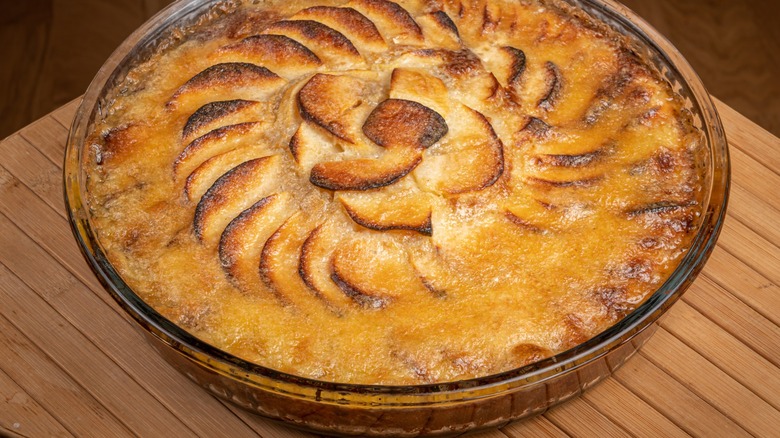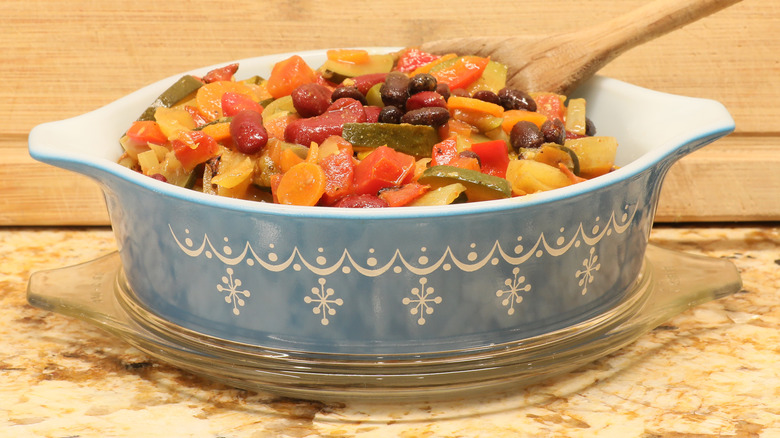Vintage Pyrex cookware has been a beloved kitchen staple for decades, known for its durability and timeless appeal. However, concerns have arisen over the years about the safety of using Pyrex in the oven, with stories of glassware unexpectedly shattering. So, is it safe to use vintage Pyrex in the oven? Let’s explore the ins and outs of this kitchen classic to learn why it is safe to use. To understand the safety of vintage Pyrex, it’s first essential to know the key distinction between borosilicate and tempered glass.
Vintage Pyrex, manufactured before the 1950s, was made from borosilicate glass, while newer versions use tempered soda-lime glass. Unlike some vintage glass, borosilicate Pyrex does not contain lead, but it was more expensive to dispose of the boron used to make this type of glass. Borosilicate glass is exceptionally resistant to thermal shock, meaning it can withstand rapid changes in temperature without shattering.
When exposed to extreme heat, borosilicate glass expands less compared to tempered glass, making it less prone to breaking. It is the same type of glass used in laboratory equipment, where precision and resistance to temperature changes are critical. Tempered soda-lime glass, while strong, is more susceptible to thermal shock than borosilicate glass. It expands more when exposed to heat, which increases the risk of shattering when transitioning from extreme temperatures.
Safety tips for using vintage Pyrex in the oven

Ultimately, vintage Pyrex, made from borosilicate glass, is generally considered safe to use in the oven. Its robust composition makes it highly resistant to temperature changes and less prone to shattering, even when subjected to the high temperatures of an oven. While vintage Pyrex is durable and even safer than newer tempered glass dishes, it’s still essential to follow some precautions to ensure safe use.
First, always bring your vintage Pyrex to room temperature before placing it in the oven. Sudden temperature changes, such as placing cold glass in a hot oven, can stress the material and increase the risk of breakage. Similarly, don’t transfer it directly from a hot oven to a cold surface or expose it to a direct flame to avoid thermal shock.
No matter when your Pyrex was made, always inspect it for any signs of damage, such as chips, cracks, bubbles, or scratches. Damaged glassware is more prone to breaking. By following simple safety guidelines and treating your vintage Pyrex with care, you can continue to enjoy the timeless beauty and functionality of this kitchen classic for years to come.







